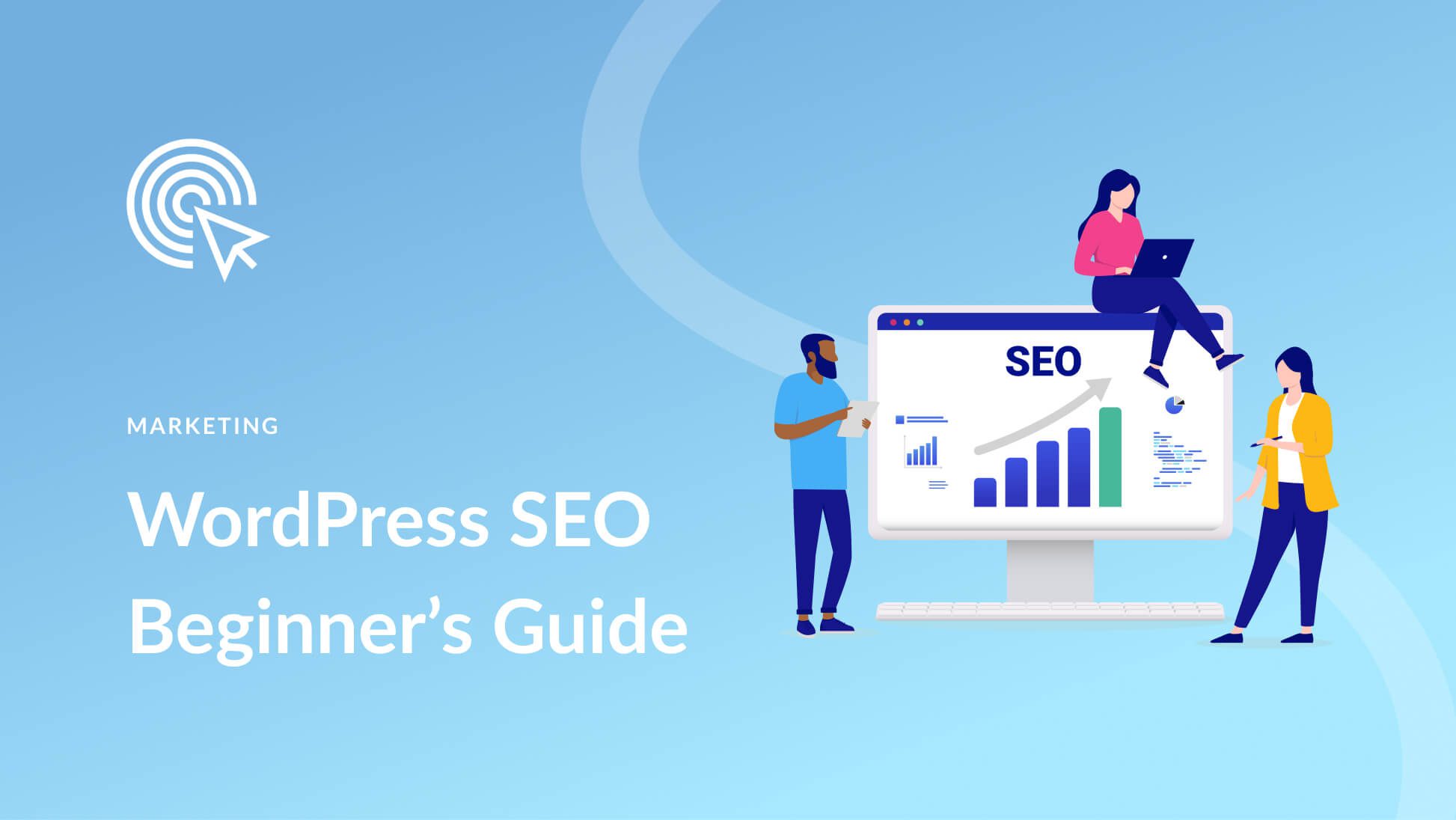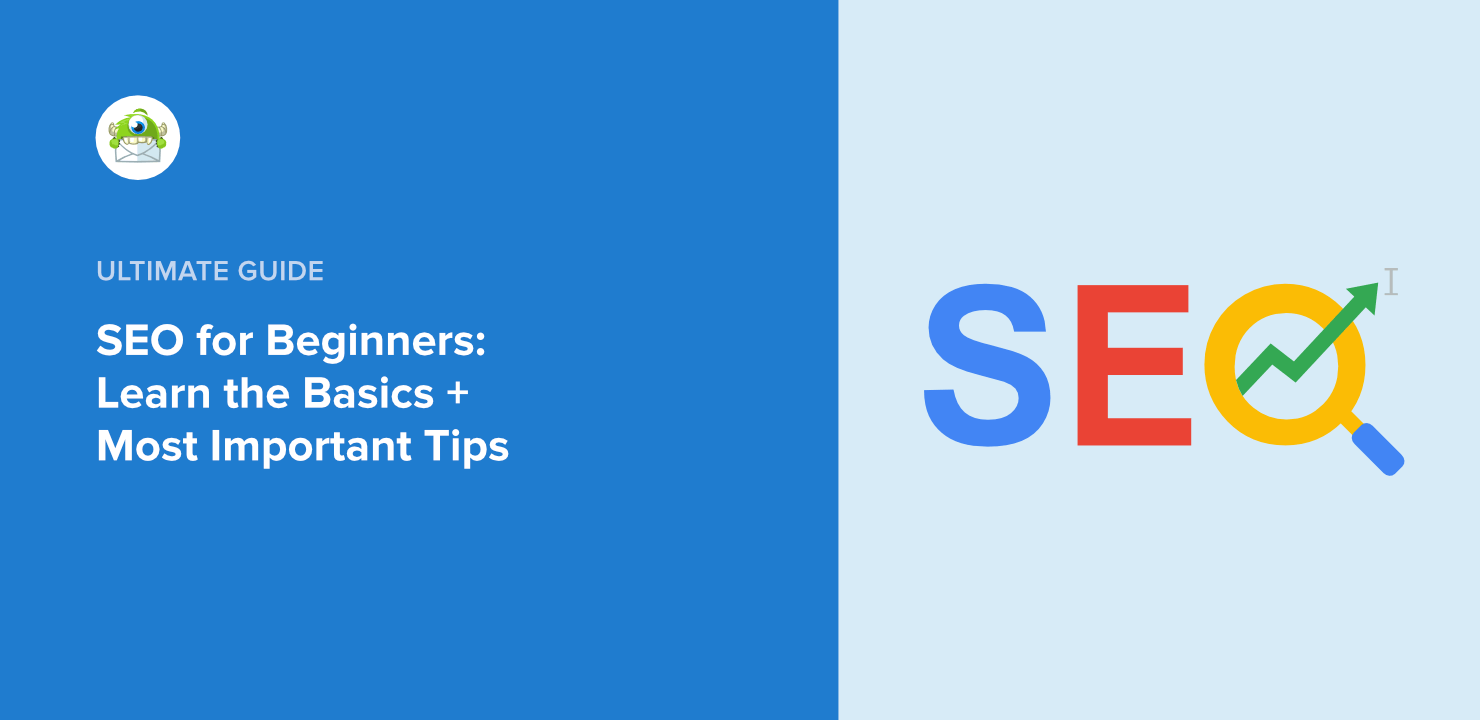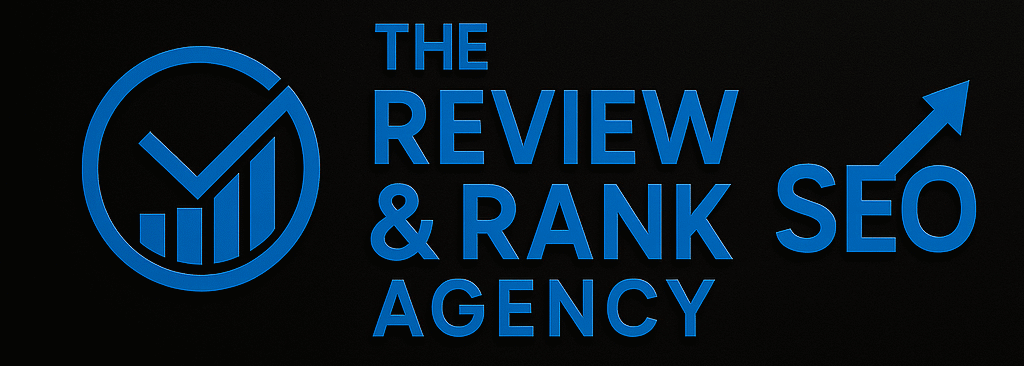Are you tired of your website lurking in the shadows of the internet? Want to see your site climb the ranks of search engine results quickly? You’re not alone. Many beginners like you are eager to improve their website’s SEO but feel overwhelmed by the complex strategies out there. The good news is, boosting your SEO doesn’t have to be complicated or slow. In this guide, you’ll discover straightforward, actionable tips to enhance your site’s visibility and attract more visitors. Imagine the satisfaction of seeing your website on the first page of search results, drawing in traffic and potential customers. Ready to make that a reality? Let’s dive in and unlock the secrets to fast and effective SEO improvements.
Keyword Research
Boost website SEO quickly with effective keyword research. Identify relevant keywords to attract more visitors and improve search rankings. Use tools to discover popular search terms related to your niche.
Keyword research is the backbone of successful SEO. It’s where the magic begins, allowing you to connect with your audience effectively. But how do you find the right keywords quickly? Let’s dive into the essentials that can boost your website’s visibility in record time.
Finding Relevant Keywords
Finding relevant keywords is like finding the right words to speak your audience’s language. Start by brainstorming what your target audience might search for. Think of words and phrases they use daily. You can use simple tools like Google Search itself. Type in a word related to your business and see what auto-suggestions pop up. These are real-time insights into what people are searching for. Consider your own experiences. Have you ever found yourself searching for something specific but struggled to find the right term? That frustration is what you want to alleviate for your users.
Analyzing Competitor Keywords
Analyzing competitor keywords is a smart way to identify what works well in your industry. Take a look at the websites that rank high for your desired keywords. What keywords are they using? You can perform a simple check by visiting a competitor’s website. Right-click and view page source to see the meta tags. This can give you a glimpse into their keyword strategy. Ask yourself: Why are these competitors ranking higher? What keywords are they using that you aren’t? This insight can guide your strategy in choosing better keywords.
Using Keyword Tools
Using keyword tools is a game-changer for speeding up your keyword research. Tools like Google Keyword Planner or Ahrefs can provide detailed data on keyword volume and competition. These tools offer metrics that tell you how often a keyword is searched for and how tough it is to rank. This helps you pick keywords that have good search volume but aren’t overly competitive. Experiment with different tools. Each one may offer unique features that align better with your needs. Are you looking for niche keywords or broader search terms? The right tool can make all the difference. Keyword research isn’t just a task; it’s your strategy to reach your audience. By understanding their needs and how they search, you can create content that truly resonates. Ready to start your keyword journey?
On-page Optimization
Boost website SEO quickly through on-page optimization. Enhance content quality, use relevant keywords, and improve page titles. Make your site more search engine friendly.
Improving your website’s SEO doesn’t have to be a daunting task, especially if you focus on on-page optimization. This is one of the quickest ways to see tangible results. By refining elements directly on your site, you can enhance visibility and attract more visitors. Let’s dive into some practical steps you can take today.
Optimizing Meta Tags
Meta tags are like your website’s business card to search engines. They give a snapshot of what each page is about. Make sure your meta titles and descriptions are clear and contain keywords relevant to your content. Think about the last time you searched for something online. Did a catchy title or description catch your eye? That’s the power of well-optimized meta tags. Keep them concise and compelling.
Crafting Seo-friendly Urls
An SEO-friendly URL is short, descriptive, and free from unnecessary characters. Your URL should give users and search engines a hint of what to expect from the page. Consider this: which URL is easier to understand, “example.com/dogs” or “example.com/index.php?id=12345”? The first one is not only cleaner but also memorable. Aim for simplicity and relevance.
Enhancing Header Tags
Header tags (like H1, H2, H3) help organize your content both for readers and search engines. They break up the text, making it more digestible. Use these tags to highlight main ideas and subtopics. Have you ever clicked away from a page because it was just a wall of text? Properly used header tags can prevent that. They guide readers through your content and improve your site’s SEO structure. On-page optimization is a straightforward yet powerful way to enhance your site’s SEO. By focusing on these key areas, you can improve your website’s performance and attract more visitors. What changes will you make to your site today?
Content Quality
Content quality is crucial for improving website SEO quickly. High-quality content boosts engagement and encourages visitors to stay longer. It also helps search engines rank your site better. Invest time in creating content that captivates and informs your audience.
Creating Original Content
Original content attracts readers and earns trust. It shows your unique perspective and expertise. Avoid duplicating content from other sites. Search engines prioritize original content. Write articles, blogs, and guides that reflect your voice. Share insights and experiences that only you can provide.
Using Lsi Keywords
Latent Semantic Indexing (LSI) keywords enhance content relevance. They help search engines understand context. Use related words and phrases naturally in your writing. This improves search visibility. LSI keywords ensure your content addresses various search queries. Avoid keyword stuffing; focus on natural integration.
Improving Readability
Readable content keeps visitors engaged. Use short sentences and simple words. Break text into small paragraphs. Include bullet points for clarity. Use headings to organize information. Readable content ranks better and encourages more shares. Tools like Hemingway App can help simplify your writing.

Technical Seo
Boost website SEO quickly by focusing on technical SEO essentials. Enhance site speed, ensure mobile-friendliness, and improve site structure for better search engine rankings.
Improving your website’s SEO can feel like a daunting task, but technical SEO is a great place to start. It ensures that search engines can easily crawl and index your site. You don’t need to be a tech wizard to make significant improvements. With a few strategic tweaks, your site can become a favorite in the eyes of search engines. Let’s dive into some key areas of technical SEO that can help you see faster results.
Ensuring Mobile-friendliness
In today’s digital world, more users are accessing websites from their phones than ever before. Is your website ready to meet them? A mobile-friendly site is not just an option; it’s a necessity. Check your site’s mobile compatibility with tools like Google’s Mobile-Friendly Test. This can help you identify issues that might be turning mobile users away. A responsive design that adapts to different screen sizes can improve user experience and decrease bounce rates.
Improving Page Speed
Have you ever left a website because it took too long to load? You’re not alone. Slow page speeds can significantly hurt your SEO and user satisfaction. Use tools like Google PageSpeed Insights to gauge your site’s speed. Compress images, enable browser caching, and minimize CSS and JavaScript files to improve loading times. A faster site can lead to higher engagement and better rankings.
Fixing Crawl Errors
Crawl errors can prevent search engines from indexing your site effectively. If search engines can’t see your content, neither can potential visitors. Regularly check your Google Search Console for crawl errors. Fix broken links and ensure your sitemap is updated. Addressing these errors promptly can improve your site’s visibility and accessibility. By focusing on these technical aspects, you’re not just optimizing for search engines; you’re enhancing the overall user experience. What changes will you make to boost your site’s performance?
Backlink Building
Backlink building is a crucial part of SEO. Links from other websites boost your site’s authority. This can improve your search engine rankings. Backlinks show search engines that your content is valuable. They act as votes of confidence from other sites. Building quality backlinks should be a priority in your SEO strategy. Let’s explore some effective ways to build backlinks quickly.
Identifying Link Opportunities
Identify sites that relate to your niche. These are potential link opportunities. Use tools like Moz or Ahrefs to find these sites. Look for sites with high domain authority. Reach out with personalized messages. Offer value in return for a link. Suggest a collaboration or content exchange.
Guest Blogging
Guest blogging is a smart way to build backlinks. Write articles for other sites in your field. Include a link to your site in your bio. Make sure your content is relevant and high-quality. This not only earns you a backlink but also expands your audience. Choose blogs that target your ideal audience.
Using Social Media
Social media can help in link building too. Share your content on platforms like Facebook and Twitter. Engage with your audience and encourage sharing. Join groups and forums related to your niche. Build relationships with influencers. They can link to your content from their platforms. This can drive traffic and improve your visibility.

User Experience
When someone visits your website, how they feel navigating through it matters more than you might think. A positive user experience (UX) not only keeps your visitors happy but also significantly boosts your SEO. Search engines like Google value user-friendly sites, rewarding them with higher rankings. Are you making it easy for your visitors to find what they’re looking for?
Enhancing Site Navigation
Navigation is like the map of your website. If it’s confusing, visitors will leave quickly. Ensure your menus are clear and concise. Group similar topics and use simple, descriptive labels. Test your navigation on both desktop and mobile to ensure seamless access. Remember, if you can’t find it, neither can your visitors.
Improving Dwell Time
Dwell time is how long a visitor stays on your page. Engaging content keeps them there longer. Use images, videos, and infographics to enrich the experience. Break up text with bullet points or subheadings to make it more digestible. Ask yourself, is your content compelling enough to make visitors linger?
Reducing Bounce Rate
Bounce rate measures how quickly users leave your site after arriving. A high bounce rate can signal poor user experience. Make sure your page loads quickly; slow pages drive users away. Provide relevant content that matches user intent, so they don’t need to search elsewhere. Do you have a clear call to action to guide them to the next step?
Improving user experience isn’t just about aesthetics; it’s about creating a path that guides your visitors effortlessly. By focusing on navigation, dwell time, and bounce rate, you’re not only enhancing UX but also elevating your SEO game. What steps will you take to make your website more user-friendly?
Local Seo
Boosting your website’s local SEO can quickly enhance visibility. Start by optimizing your Google My Business profile. Make sure your business details are accurate and up-to-date for local search.
Local SEO is crucial for small businesses. It helps connect with nearby customers. By optimizing your website for local searches, you can increase visibility. This attracts more customers to your business. Local SEO focuses on promoting products to local customers. It ensures your business appears in local searches. Here, we’ll explore three key areas of local SEO. Start boosting your local presence today.
Optimizing Google My Business
Google My Business is a free tool. It helps businesses manage their online presence. Claim your business on Google My Business. Fill out your profile completely. Include your business name, address, and phone number. Add your operating hours. Upload high-quality images of your business. Keep your information accurate and up-to-date. This increases your visibility in local searches. Engage with customers by responding to their questions. Use Google My Business to share updates and promotions.
Gathering Customer Reviews
Customer reviews are vital for local SEO. Positive reviews build trust. They influence potential customers. Encourage satisfied customers to leave reviews. Send follow-up emails after a purchase. Ask for feedback. Make the process simple. Respond to reviews promptly. Thank customers for their feedback. Address any concerns they raise. This shows that you value their opinions. It also improves your business reputation. Display reviews on your website. This boosts credibility and attracts new customers.
Using Local Keywords
Local keywords are essential for local SEO. Identify keywords related to your business. Include your city or neighborhood name. Use tools like Google Keyword Planner. Research what customers search for. Incorporate these keywords into your website content. Use them in titles, headers, and meta descriptions. Write blog posts about local events or news. This attracts local traffic. Ensure your content is relevant and engaging. Local keywords help search engines understand your location. They improve your rankings in local search results.
Regular Monitoring
Regular monitoring is crucial for improving your website’s SEO. It helps you understand what’s working and what needs improvement. Monitoring allows you to adjust strategies quickly, ensuring your site remains competitive.
Using Seo Tools
SEO tools provide valuable insights into your website’s performance. They offer features like keyword tracking, backlink analysis, and more. Use tools like Google Analytics or SEMrush for accurate data. These tools help identify areas that need attention.
Tracking Keyword Rankings
Track keyword rankings to see how your site performs in search engines. Keywords drive traffic to your site. Use tools to monitor ranking changes. This helps in adjusting your content strategy effectively.
Analyzing Traffic Data
Analyze traffic data to understand user behavior on your site. Traffic data reveals which pages are most visited and which aren’t. It helps in identifying popular content. Use this data to improve user engagement and retention.

Frequently Asked Questions
What Are Quick Seo Tips For Beginners?
Start by optimizing your website’s meta tags and titles. Use relevant keywords naturally in your content. Improve your site’s loading speed and ensure it’s mobile-friendly. Create high-quality, engaging content regularly. Build backlinks from reputable sites to increase authority. These steps can significantly boost your SEO performance quickly.
How Does Site Speed Affect Seo Rankings?
Site speed is crucial for SEO as it impacts user experience. Slow-loading sites frustrate users, leading to higher bounce rates. Google considers site speed in its ranking algorithm. Faster sites are more likely to rank higher in search results. Optimize images and use caching to improve speed.
Why Is Mobile Optimization Important For Seo?
Mobile optimization is vital because most users browse on mobile devices. Google prioritizes mobile-friendly websites in search rankings. A responsive design ensures your site looks good on all devices. Improving mobile user experience can reduce bounce rates and enhance SEO performance, making your site more competitive.
How Can Backlinks Improve Website Seo?
Backlinks from authoritative sites signal trust and relevance to search engines. They act as endorsements, improving your site’s credibility. Quality backlinks can boost your site’s ranking and visibility. Focus on earning links from reputable sources in your niche through guest posts, collaborations, and valuable content.
Conclusion
Improving website SEO fast is possible. Start with the basics. Optimize your content. Use relevant keywords wisely. Ensure your site is mobile-friendly. Speed matters. Check your website’s loading time. Focus on quality backlinks. Engage users with valuable content. Regularly update your site. Monitor performance using analytics tools. SEO is not a one-time task. It requires consistent effort. Keep learning and adapting. With these steps, your site will see better rankings. Remember, patience is key. Stay committed and watch your website grow. Keep working and success will follow.
